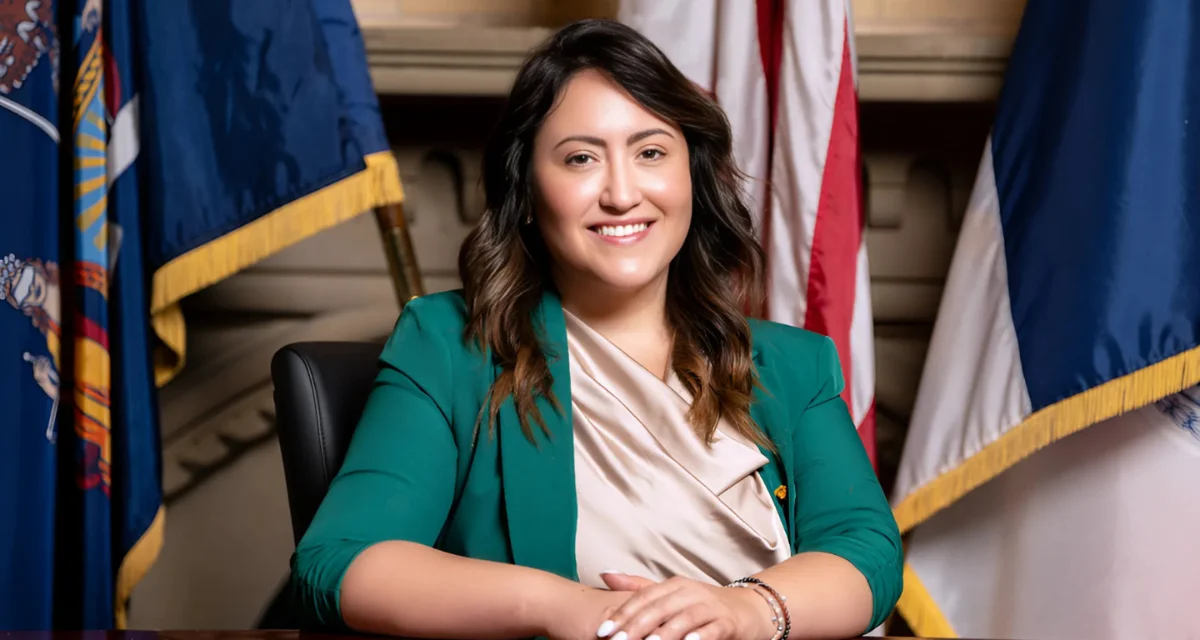
Melissa Aviles-Ramos, Chancellor of New York City Public Schools | New York City Department Of Education
For more than ten years, a special education teacher in New York City has worked to improve career-connected learning for students with disabilities. The teacher described how official documents like Individualized Education Programs (IEPs) and transition plans often fail to reflect the true interests and ambitions of students. One example involved a student named Dan, who had experience shadowing an electrician and aspired to run his own business. However, his transition plan only listed "maintenance" as his future goal, with no details or actionable steps.
Statistics show that outcomes for students with disabilities remain challenging. The 2012 National Longitudinal Transition Study found that just 39 percent of these students enrolled in postsecondary education within eight years after high school. A 2024 Bureau of Labor Statistics report indicated that youth with disabilities face unemployment rates twice as high as their peers without disabilities.
The teacher noted that while federal law requires transition planning by age 16, compliance does not always mean quality support. Plans are sometimes reused year after year without reflecting students’ changing skills or interests. In response, the teacher launched the Work-Based Learning Fridays initiative at their school, which connects students with real-world career experiences through partnerships with community-based organizations (CBOs).
Students participated in both internal and external opportunities: CBOs either came into the school or provided off-site internships and job shadowing experiences. For instance, one student interested in becoming a doorman worked with New York City Center to greet guests at events. Another student collaborated with Roundabout Theatre on technical theater training and later joined its workforce development program.
Other partnerships included KickNKnowledge, where a student developed marketing skills; Billion Oyster Project, which offered hands-on environmental restoration work; and organizations such as Bridges to Work and Community Options that provided pre-employment training.
The teacher identified several key strategies for effective transition planning: starting early by introducing career options in ninth grade; focusing on strengths rather than deficits; involving community partners; embedding soft skills and accessibility supports into programming; and continuously monitoring progress.
Policy changes were also recommended, such as weighted funding for transition services, interagency collaboration among schools and service providers, connecting students to vocational programs before graduation, flexible diploma pathways recognizing work-based learning, and improved educator training.
Reflecting on these efforts, the teacher emphasized the importance of presuming competence in all students and building transition plans based on genuine opportunity rather than minimum compliance requirements. “I realized transition success is not simply a checkbox. Not a vague job title. But a real plan, built on strengths, backed by authentic opportunity, and supported by genuine belief in the students' full range of abilities.”
“It’s time we bridge the gap for all our students. Their futures are assets to our workforce and our communities. Let’s build the bridge together.”
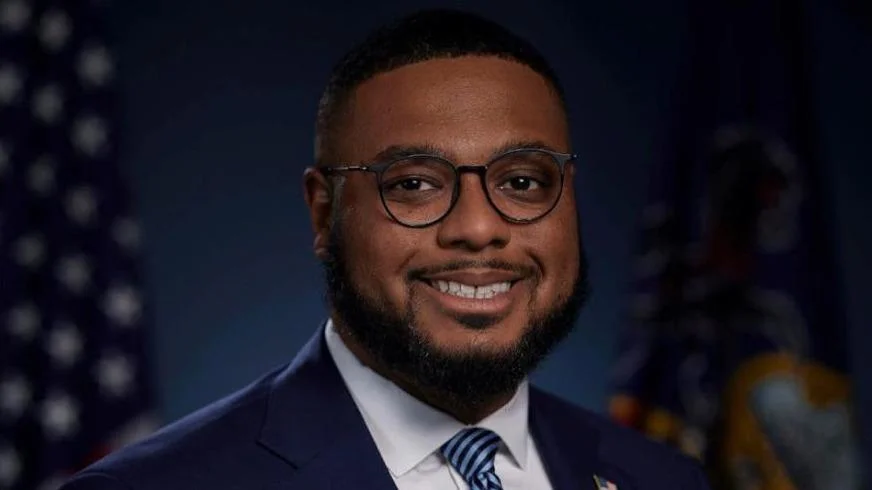
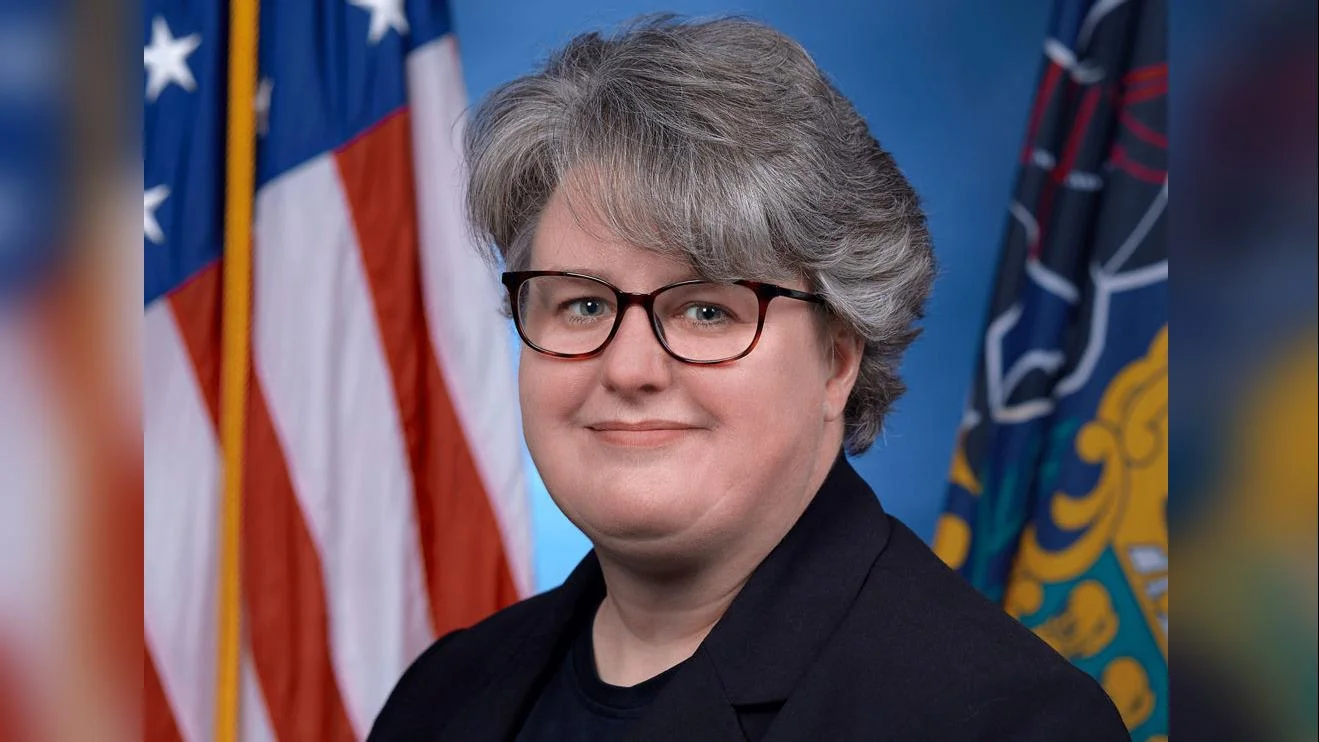
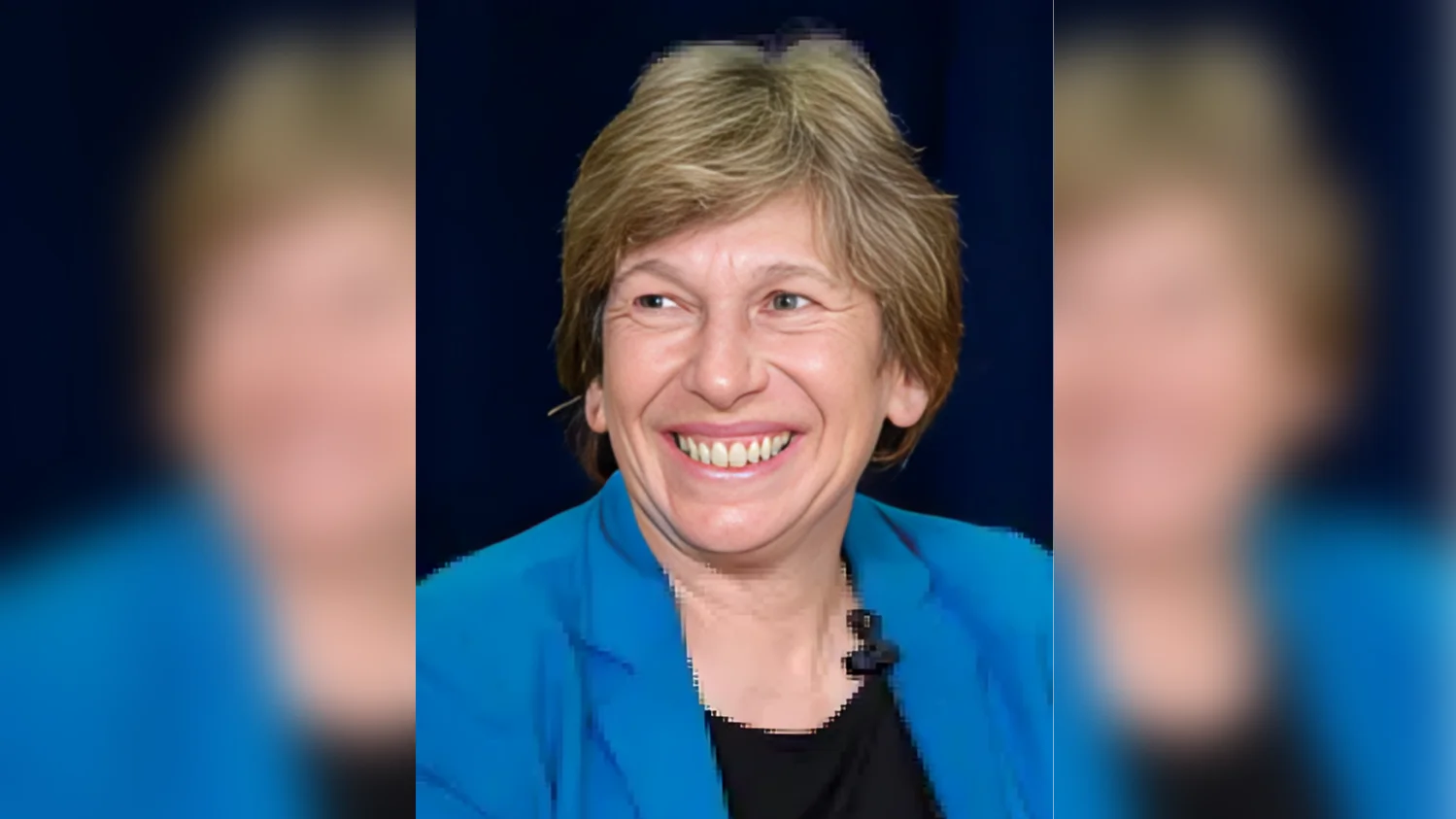
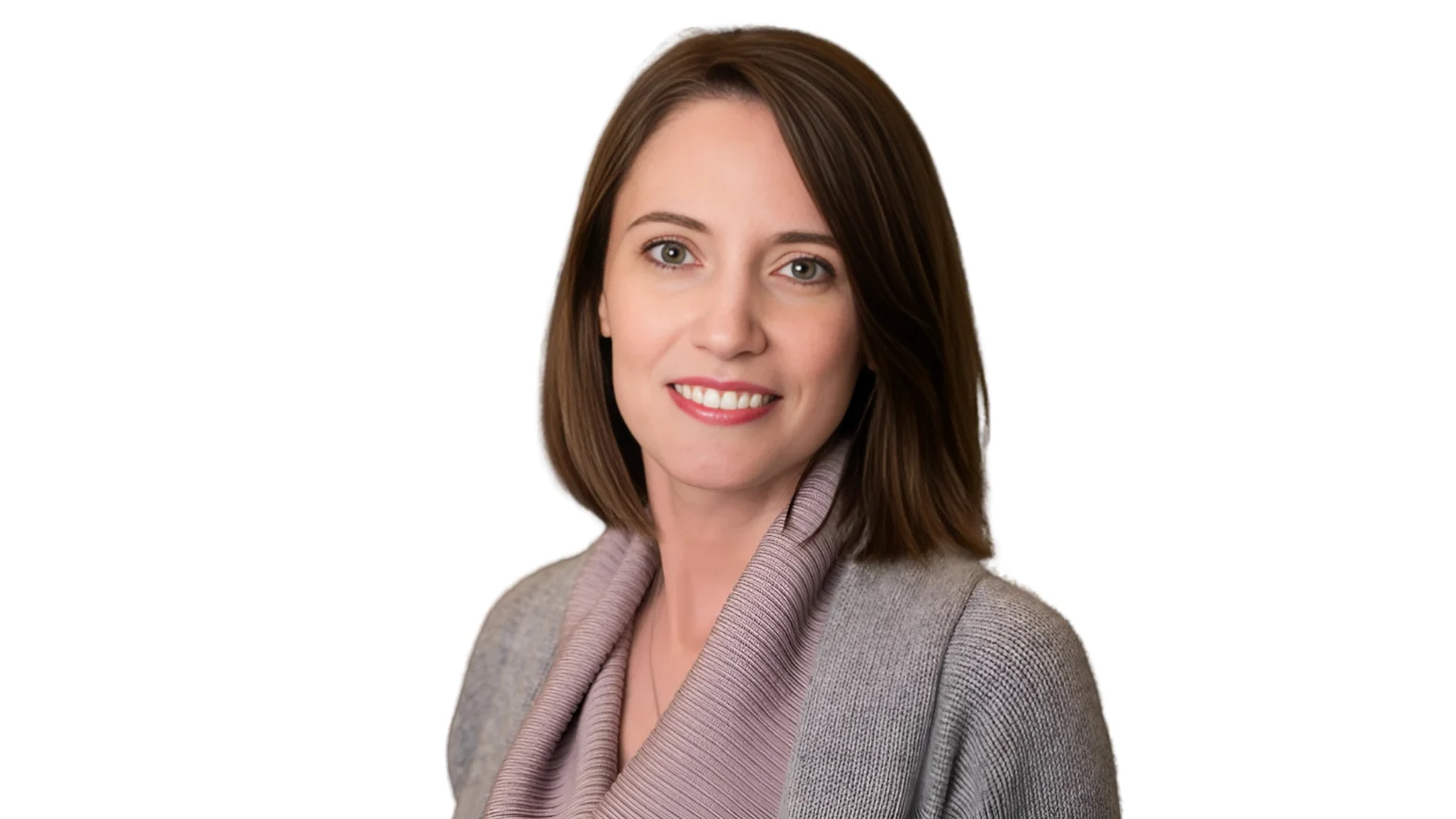
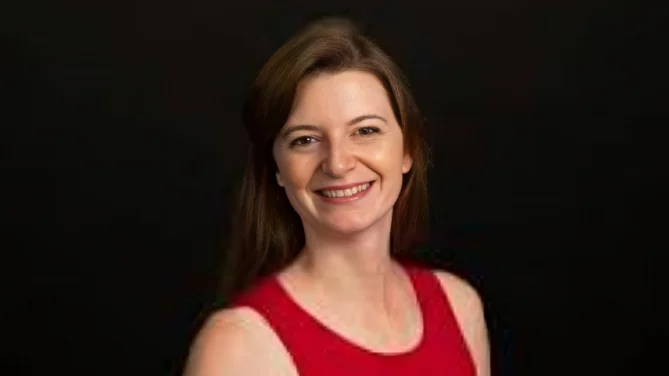
 Alerts Sign-up
Alerts Sign-up